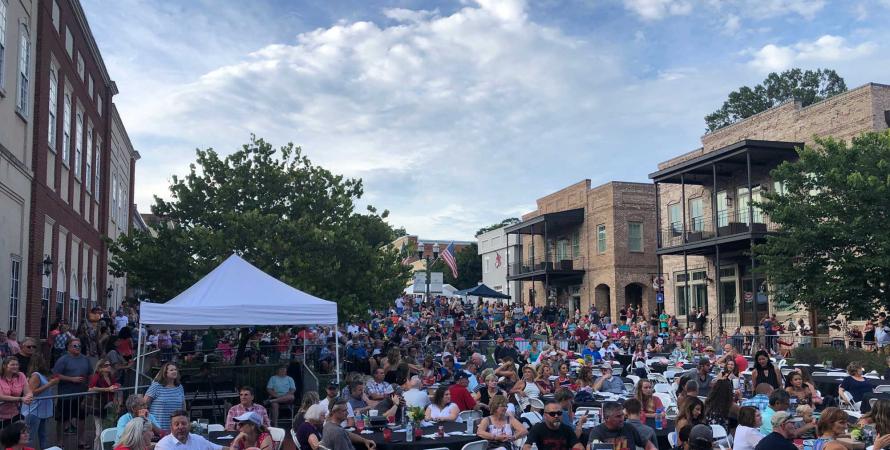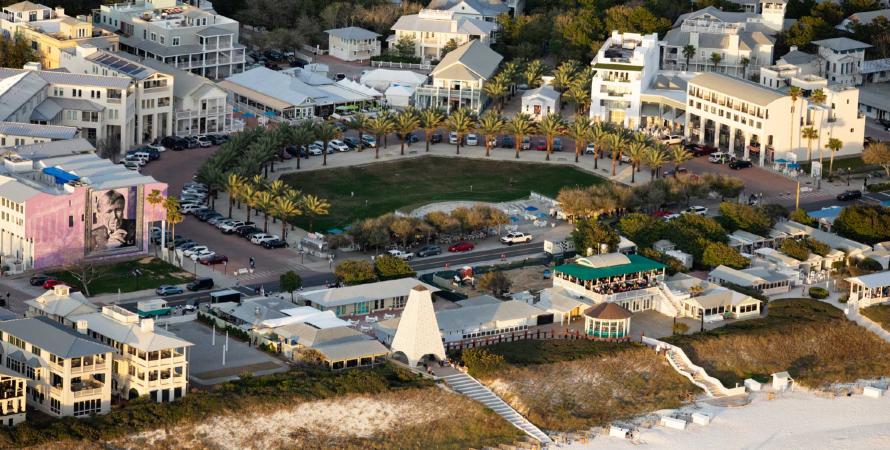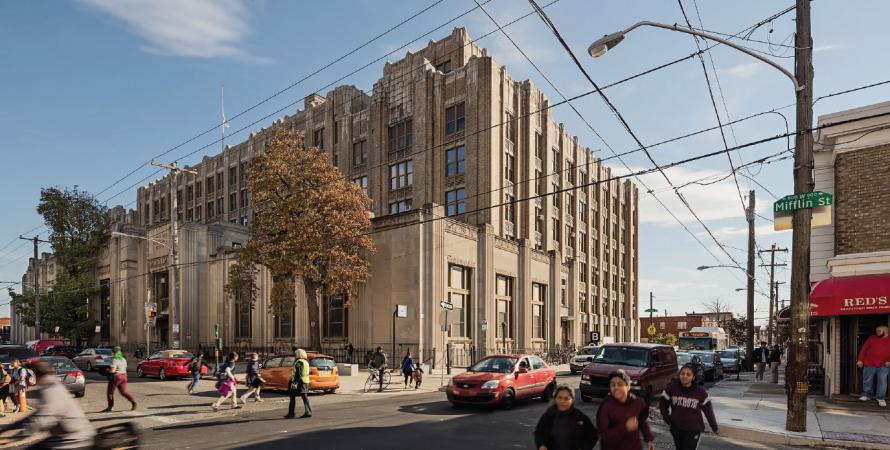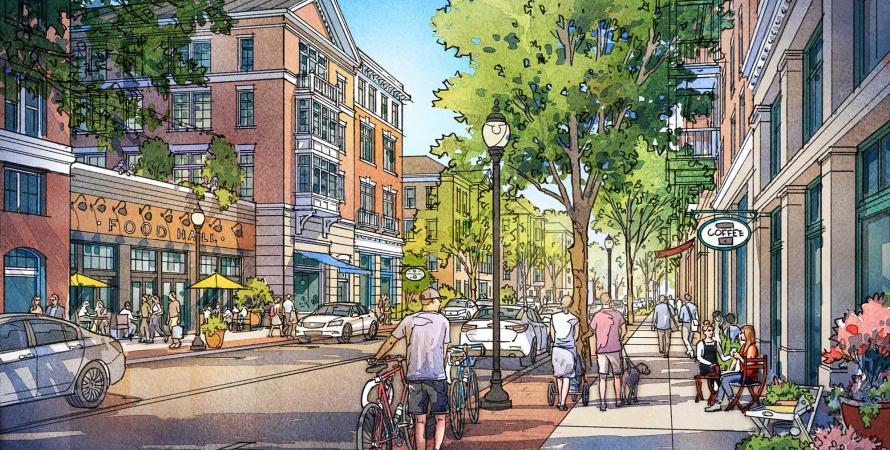-

Historic Main Street reclaims identity
An against-the-odds comeback, launched in the Great Recession, has brought life to a waning Main Street while enhancing the historic character of Senoia, Georgia. The project won a 2020 CNU Charter Award for Historical Concepts.A Main Street revival in Senoia, Georgia, is an inspiring example of what is possible even during a down economy. Fifteen years ago, the town’s center was near dormant, with only eight operating businesses. A proposal to build a strip mall with a “dollar store” on the historic Main Street spurred a...Read more -

Future of mobility in South Walton County
A new report looks at autonomous vehicles and other advancing mobility technologies with recommendations on how they can be used to create more livable communities.The mass production of private automobiles in the 20 th Century, marketed at a price affordable to the majority of Americans, did more than just transform the way we travel; it changed our way of life. We now stand at the cusp of another transportation revolution, one that once again will affect...Read more -

Former high school becomes entrepreneurial center
Bok converted an abandoned vocational high school into a beehive of affordable workspace and community activity in Philadelphia, Pennsylvania. The project won a 2020 CNU Charter Award in the Block, Street, and Building category for Scout LTD.The magnificent art deco Bok, where Philadelphia high-school students learned a wide variety of trades for nearly eight decades, was a “maker-space” of its time. The former citywide vocational high school was closed in 2013 and sat vacant for two years until Scout LTD purchased the property with a...Read more -

Creativity + innovation as a pandemic response
Across human history, crisis has always presented opportunities for innovation and will always be fertile ground for those fearless enough to look past the obvious obstacles at hand.We are experiencing a truly unique time in human history that we perhaps haven’t seen since the end of World War II. A global phenomenon that nearly the entire planet is dealing with simultaneously. Like the shared experience of war or other forms of crisis that brings out the best in people, we...Read more